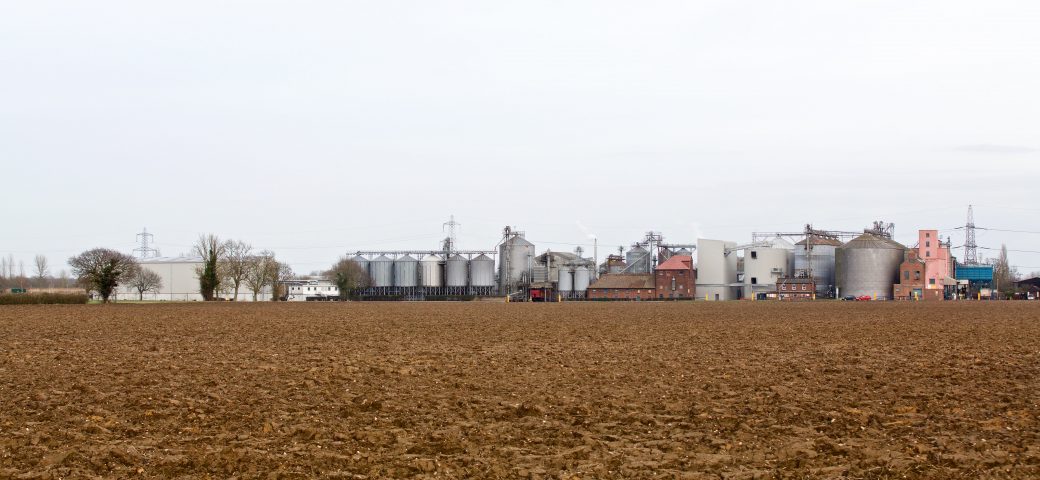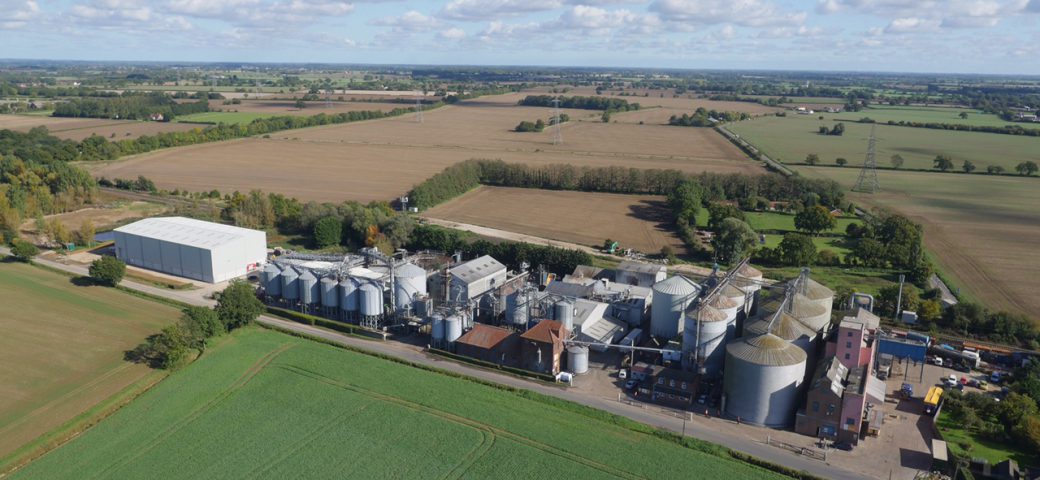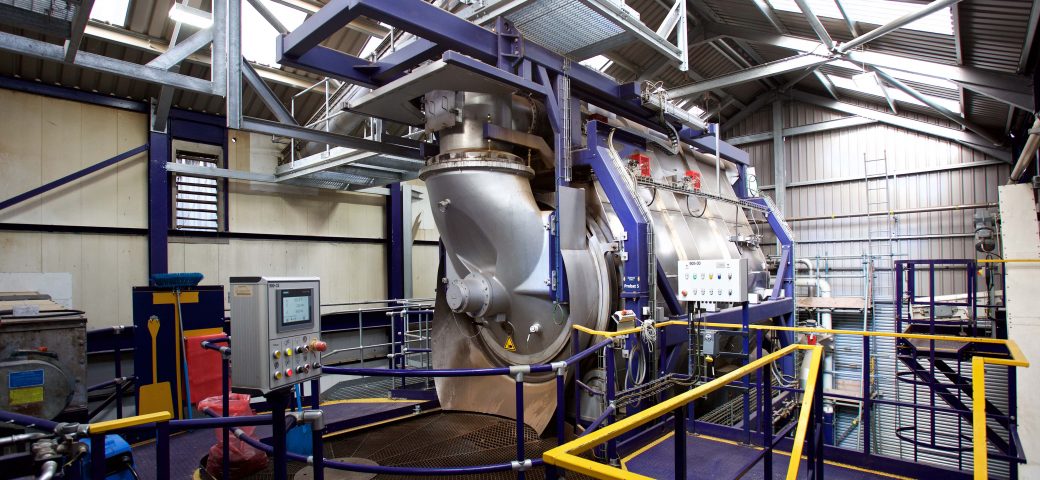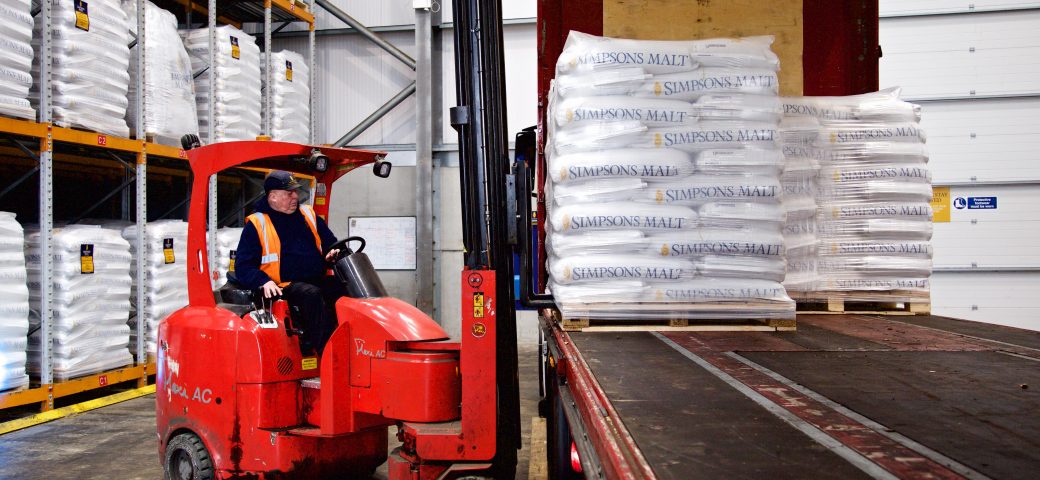
Our Tivetshall St Margaret Maltings is situated in the heart of East Anglia, a geographical region that comprises the counties of Cambridgeshire, Norfolk and Suffolk.
Tivetshall has been producing malt since 1872 and the site was one of four maltings – alongside Pontefract, Abingdon and Ditchingham – acquired by the company from Grand Metropolitan in 1986.
With Tivetshall unique among the four maltings in that it had roasting drums producing speciality malts, once production volumes increased at both the company’s Tweed Valley Maltings and Tivetshall, the sites at Pontefract, Abingdon and Ditchingham were sold.
Today, Tivetshall is the company’s hub for producing malt for the craft brewing sector, with malt delivered from this plant to breweries across the UK, as well as our extensive network of distributors all over the world.
Tivetshall St Margaret
Tivetshall St Margaret is a small village in rural south Norfolk, around a 30-minute drive south from the county’s biggest city, Norwich.
As well as being a county that is renowned for producing high-quality English barley, Norfolk is home to The Broads, a sprawling national park known for its waterways, exotic wildlife and picturesque landscape. The county’s 90 miles of coastline and popular seaside resorts also make it a UK tourism hotspot.
Our Tivetshall St Margaret Maltings is situated around 25 miles inland and the site borders the main railway line between Norwich and London Liverpool Street station, with the rail journey from the nearest station, Diss, to the UK’s capital city taking around 90 minutes.

Malting Process
With its state-of-the-art Roast House comprising five roasting drums, our Tivetshall St Margaret Maltings is where most of the products in our range our made.
Tivetshall produces predominantly bagged malt – mostly 25kg bags but also one tonne tote bags – for the craft brewing sector, with a smaller amount delivered to our customers in the food industry.
This differs from our Tweed Valley Maltings, which produces malt delivered mostly in bulk wagon loads to whisky distilleries across Scotland.
Upon arrival, the barley must pass the required quality checks at our on-site laboratory before it is accepted for malting. If approved, it goes into on-site storage before it is ready to begin the active malting process, the first stage of which is steeping.
Base Malt Production
To produce base malt at our Tivetshall St Margaret Maltings, the barley first goes into one of eight 30-tonne steeping vessels. These eight vessels are split into two batches of four to service our germination and kilning vessels (GKVs), which have a capacity of 120 tonnes.
Once the steeping process is complete, the barley is transferred to one of five GKVs. The barley then spends no less than four days going through the germination process, before a day of kilning in the same vessel.
After that, the finished malt is sent through to our Bagging Hall for packaging and distribution.

Speciality Malt Production
The production of speciality malt takes place in different areas of the site.
The process still begins with the steeping phase, but on this occasion the barley heads to a separate set of vessels: two tanks with a capacity of 74 tonnes each.
After close to two days, and once the moisture content of the barley has been raised, the grains are ready for the germination phase.
For most products, they are transferred to either a germination vessel (GV) – like the steeping vessels we have two of these at 74 tonnes each – or one of four germination drums, which each have a capacity of 35 tonnes. Like in a GKV, the grains spend no less than four days in either a GV or germination drum.
However, to produce most of our roasted malts – such as our Brown, Chocolate and Black malts – the grains do not go through the germination phase and are kilned for 24 hours before being moved to one of our five state-of-the-art roasting drums.
During the roasting process, the batches of barley spend different lengths of time under different temperatures to generate their different colours and flavours and, ultimately, our diverse range of Caramalts, crystal malts and other speciality malts.
After the roasting process is complete, the finished malt is cooled before being transferred to our Bagging Hall. Here, the malt can be milled – should the customer request that – before it is bagged up and then distributed to our customers all over the world.

Employment
With approximately 70 employees based out of our Tivetshall St Margaret Maltings, we’re pleased to be a large employer in rural south Norfoik.
We have strong links with the local community and offer our support to a range of local clubs, events, charities and projects, including those which some of our employees have close links to.
We can also offer a wide range of career opportunities: from roles involved with barley intake in our laboratory right through the malting process to where our high-quality malts are packaged and sent out to our customers all over the world.
Visit our Careers page to find out more on the job opportunities available at our Tivetshall St Margaret Maltings.
